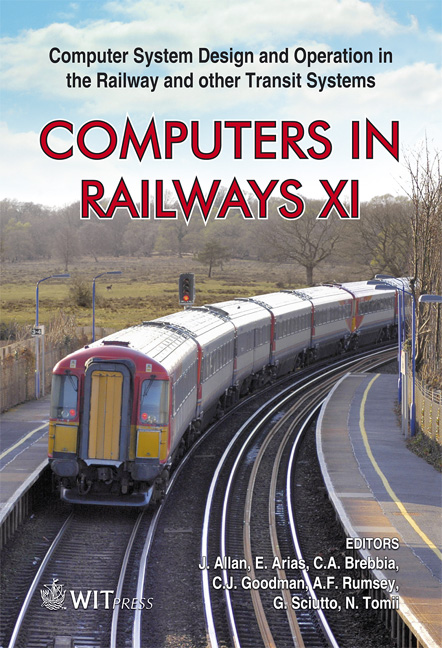RAILONOMICS – Determining Investment Strategies For Railway Signalling Through Simulation
Price
Free (open access)
Transaction
Volume
103
Pages
10
Page Range
65 - 74
Published
2008
Size
392 kb
Paper DOI
10.2495/CR080071
Copyright
WIT Press
Author(s)
K. Beck, B. Scheier & B. Jäger
Abstract
The economical effect of an investment strategy in railway signalling is defined by the costs and revenues generated by the chosen system over its lifetime. While the cost positions relevant for an infrastructure manager can all be expressed in the performance figure Life Cycle Costs (LCC), only part of the revenue positions can be expressed monetarily. Therefore, it is necessary to also include non-monetary revenue positions when deciding on which railway signalling system to choose. Since most of the cost and revenue positions are closely linked to the system operation, the idea of using information from railway operation simulation software has been evolved. The Institute of Transportation Systems has therefore implemented a software link between the simulation software RailSys and a new developed Cost-Benefit-Tool. With the latter the relevant life cycle cost and revenue positions of the evaluated signalling system and scenario can be captured, calculated and analysed. This simulationbased evaluation of investment strategies for railway signalling is part of the RAILONOMICS concept. RAILONOMICS enables infrastructure managers to develop efficient investment and maintenance strategies in a structured manner. Keywords: railway signalling, investment strategy, railway operation simulation, decision support system, LCC. 1 Introduction The current situation on the traffic market is characterized by both an increasing traffic demand and a rising level of competition between the traffic modes. To
Keywords
railway signalling, investment strategy, railway operation simulation, decision support system, LCC.





